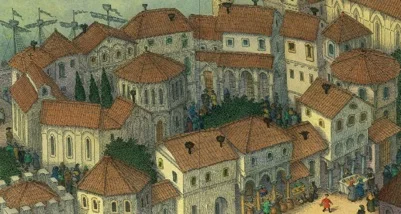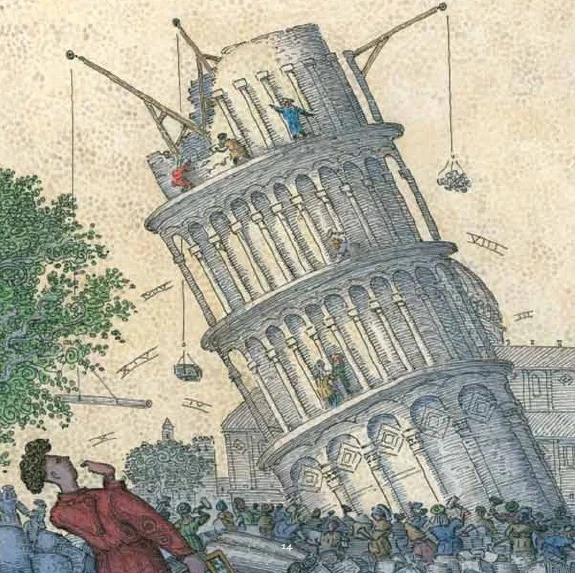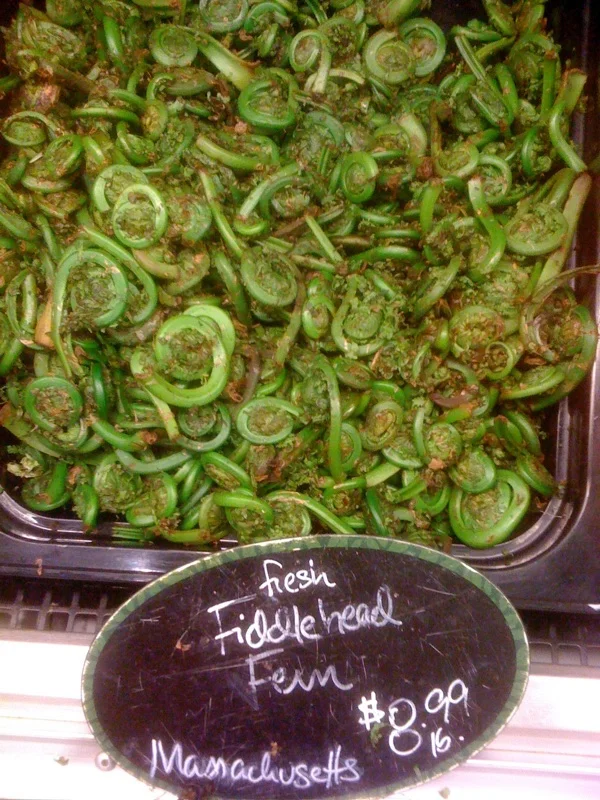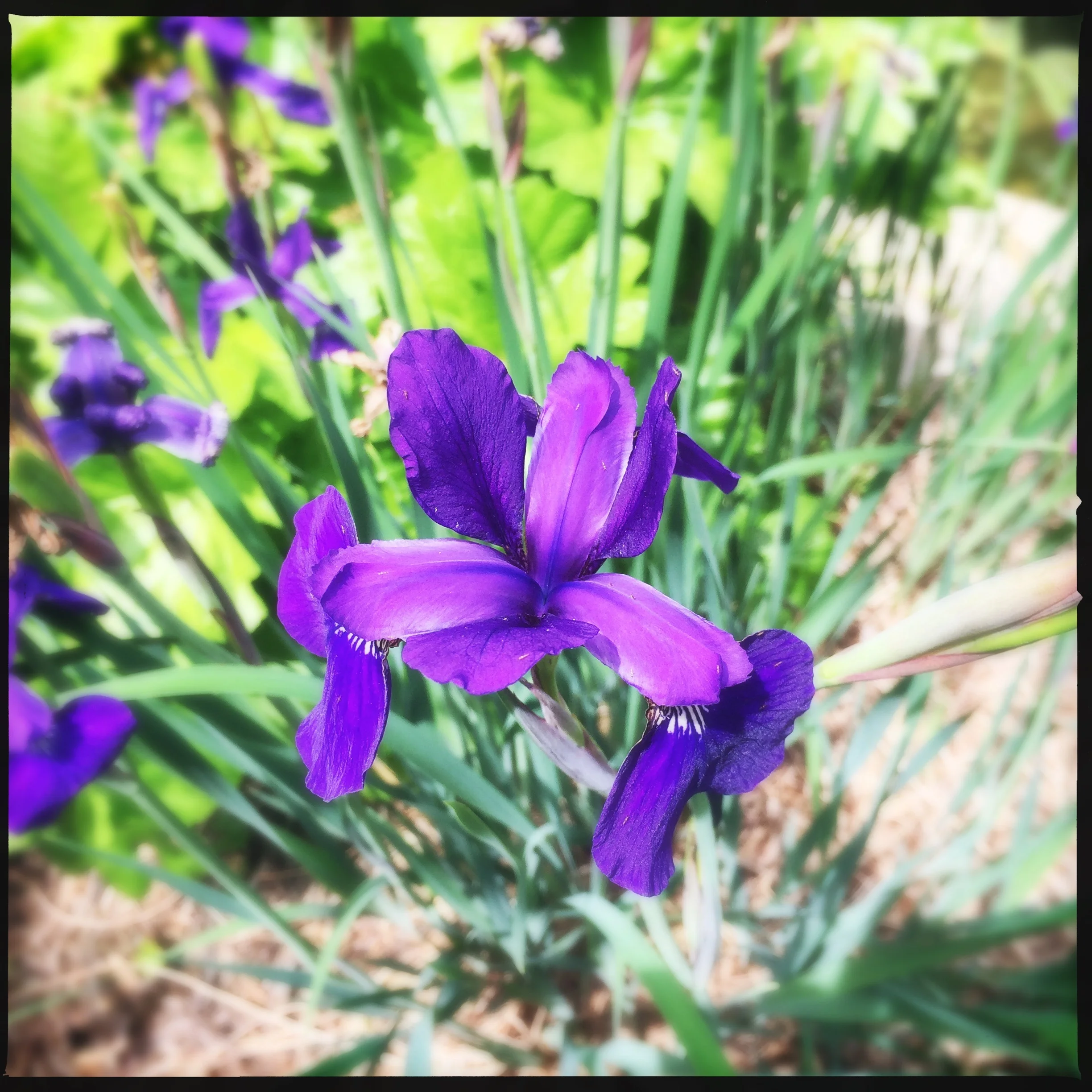Fibonacci in the Garden
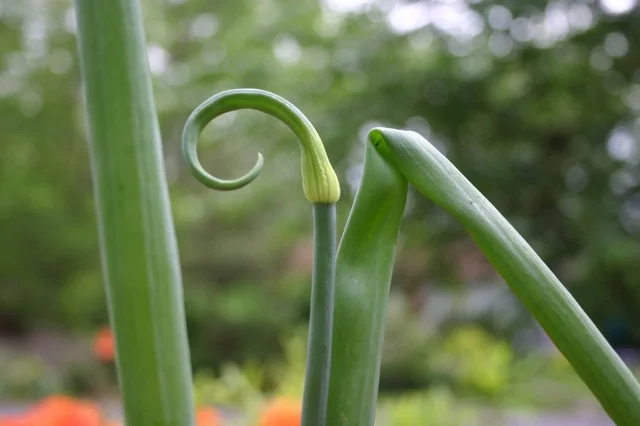
This is such a wonderful time of year because there are so many great discoveries to be made in the garden. I spotted these two fun items this past weekend.
At the bottom is galium aparine, an edible weed that I recognize from my time in Italy, where it’s called “attaccamano,” or “attach-[to]-hand” or “attack-[the]-hand.” In English it’s better known as cleaver, stickywilly, or stickyweed because its leaves cling like Velcro to human skin. (It’s sometimes called Velcro plant.) At my old house I used to find them with whorls of five leaves—a Fibonacci number—but Dr. Internet says six to eight leaves are typical. If you know my children’s book about Leonardo Fibonacci, you know only five and eight are Fibonacci numbers.
At the top is a bunching onion. We planted a bunch of these last spring and forgot to pull all of them up at the end of the season. The onions were dormant all winter and started putting up spiral-shaped seed heads in spring. The onions are still quite delicious, by the way. I’d love to see how far the spirals go, but I am too tempted to pull them because I need space in the garden bed…and because they are so tasty.
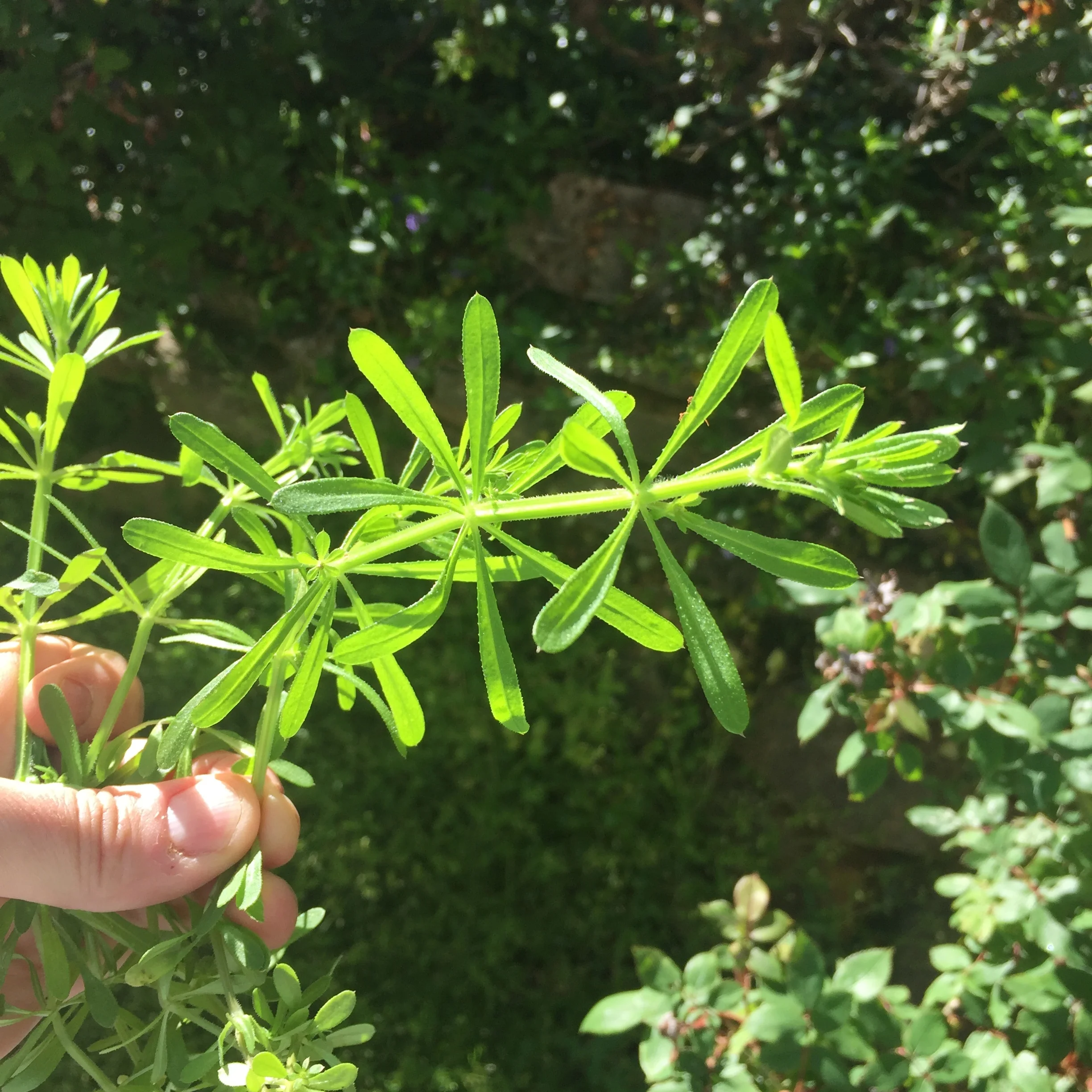
If you liked this post, you might want to check out the others in the series:
Fibonacci in the Garden, Take 2
Fibonacci in the Garden, Take 3
Learn more about my Fibonacci book for kids here.

BUY BLOCKHEAD: THE LIFE OF FIBONACCI
hardcover: Bookshop | Amazon | B&N | Books-A-Million |
autographed: Malaprop’s


